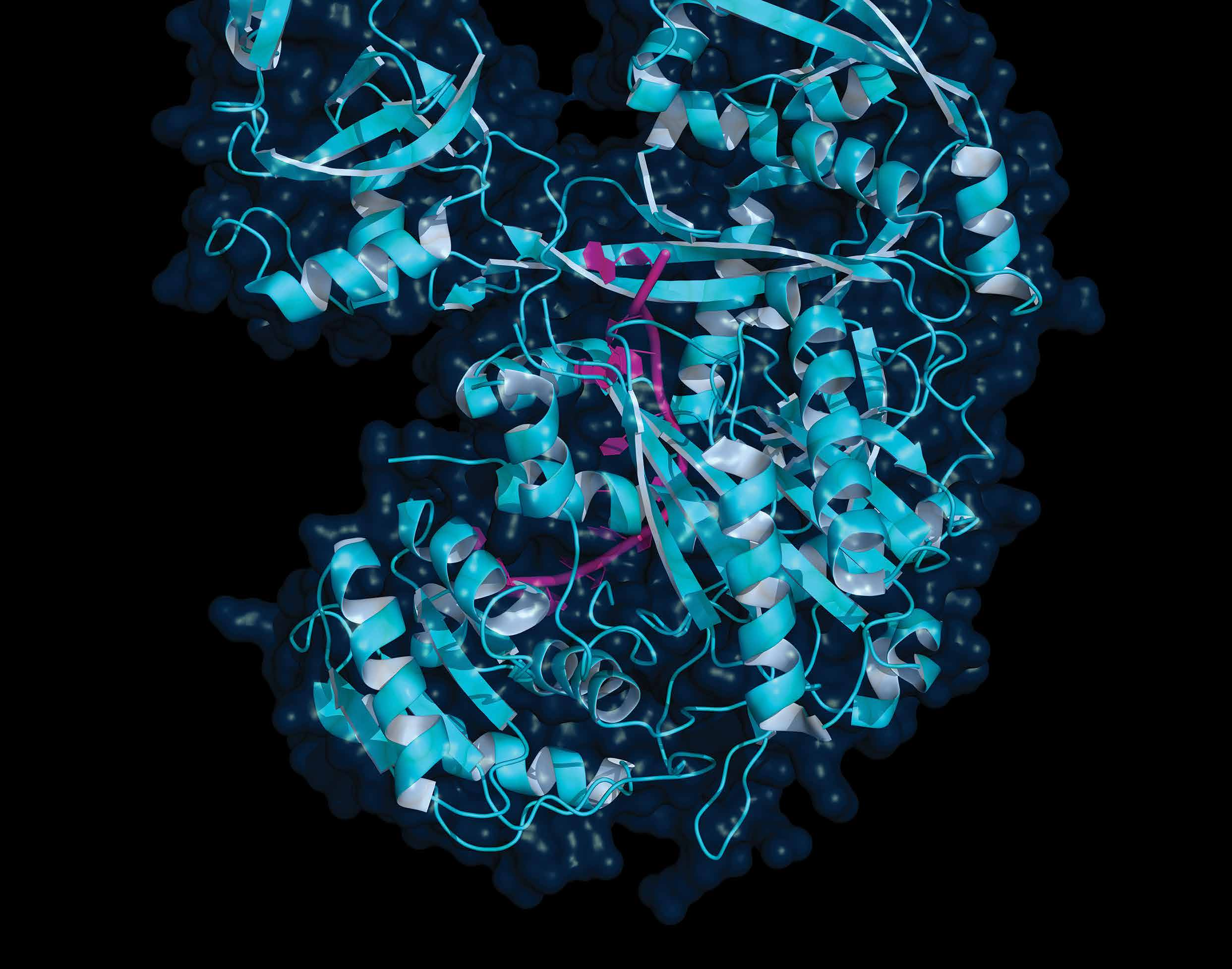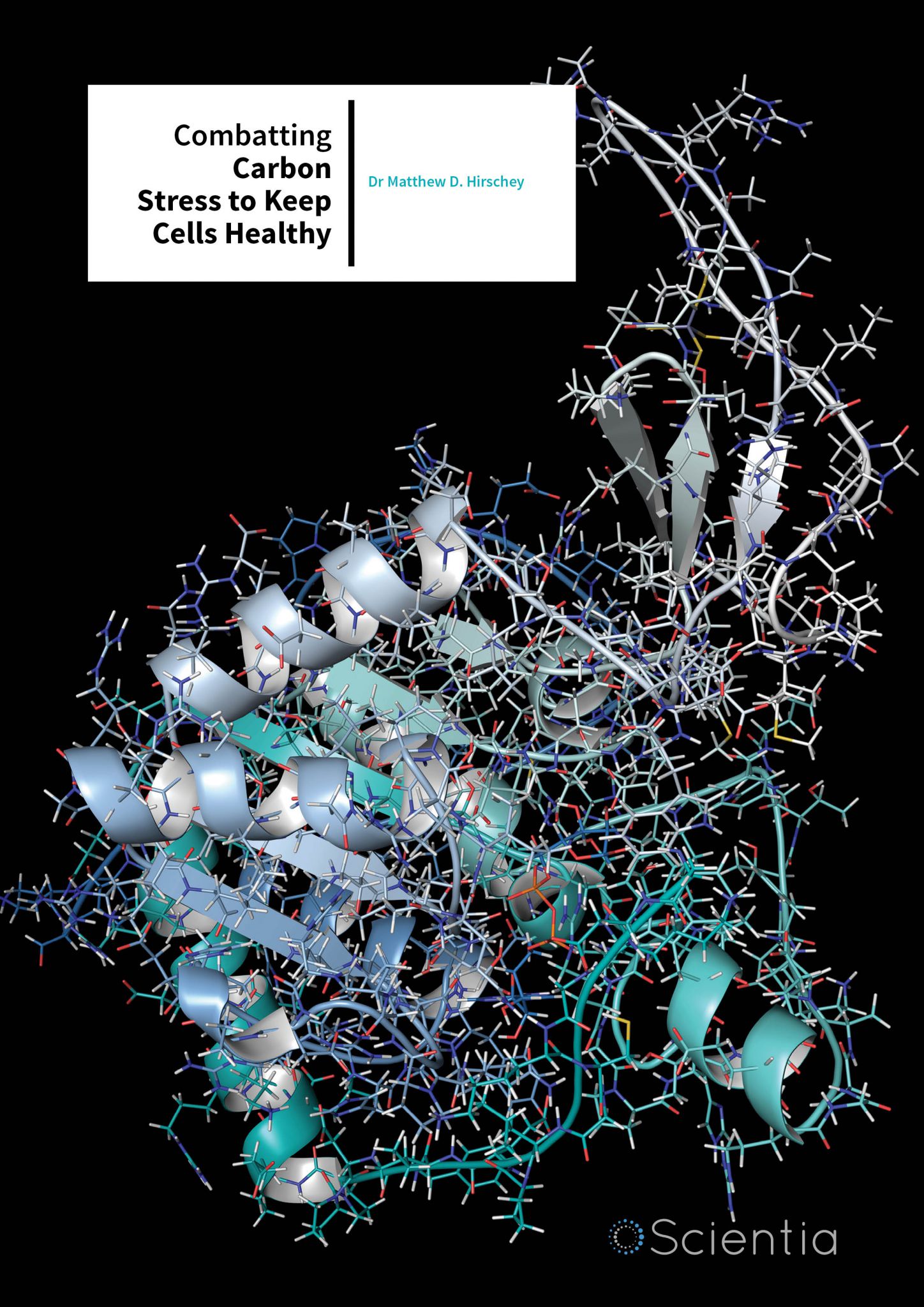Dr Matthew D. Hirschey – Combatting Carbon Stress To Keep Cells Healthy
Aging is a complex process through which cumulative cellular wear and tear leaves us vulnerable to disease. One avenue for aging occurs when enzymes in our bodies break down food into energy. Dr Matthew Hirschey at Duke University aims to explain the biochemistry behind how metabolism contributes to aging and how the body defends itself.

The History of Caloric Restriction
Sticky SIRTuation
Like a pilled sweater that has gone through the wash too many times, metabolic enzymes inside mammalian cells collect a lot of surface junk after repeatedly breaking chemical bonds to release stored energy. These biochemical hitchhikers take the form of acyl groups − molecules made up of carbon, hydrogen, and oxygen that are direct by-products of metabolic reactions. Left unchecked, the aggregation of acyl groups hampers metabolic enzyme performance, leading to age-related disease. Dr Hirschey refers to this process as ‘carbon stress’.
He theorises that healthy cells defend themselves against carbon stress by deploying sirtuins − numbering SIRT1 to SIRT7 − that scrub away acyl groups, analogous to the way remora fish clean parasites off sharks. By removing acyl groups at roughly the same pace that they are added, sirtuins maintain metabolic homeostasis.
Dr Hirschey laid out this general theoretical framework in a 2014 review paper in the journal Molecular Cell. Subsequently, he and his team have been working on models and experiments to flesh out the theory. These findings have recently been accepted for publication in Cell Metabolism.
‘Chronically, like oxidative stress, hyperacylation can be considered a type of carbon stress; protein damage would be expected to accelerate the development of age-associated diseases, including cancer, metabolic syndrome, cardiovascular disease and neurodegeneration’

Carbon Stress, Disease and Aging
Independence from Enzymes
From Models to Molecules

Insulin Resistance in Aging Mice
Push and Pull
Pervasive
Meet the researcher

Dr Matthew D. Hirschey
Associate Professor
Duke University Medical Center
Duke University
Durham, USA
CONTACT
E: matthew.hirschey@duke.edu
T: (+1) 919 479 2315
W: http://lab.hirschey.org/
KEY COLLABORATORS
Dr Christian Olsen, University of Copenhagen
Dr Donald S. Backos, University of Colorado Anschutz
Dr Deborah Muoio, Duke University
Dr Tony Capra, Vanderbilt University
FUNDING
American Heart Association
the Ellison Medical Foundation
FARA
NIH
REFERENCES


